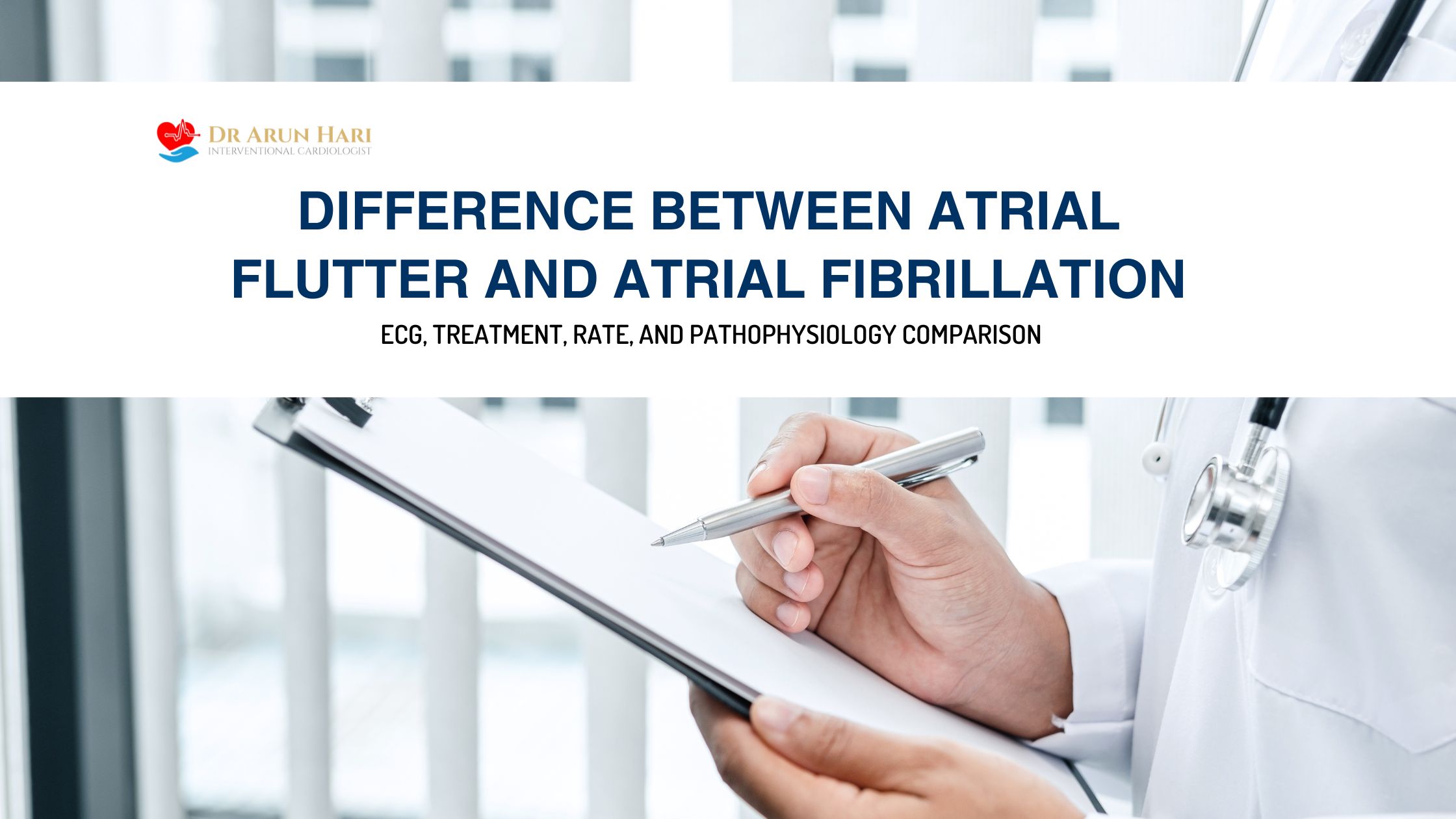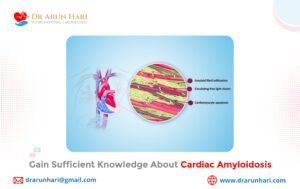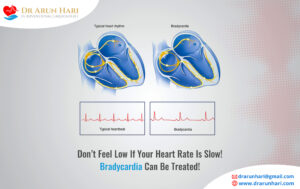Understanding Atrial Flutter vs. Atrial Fibrillation: An In-Depth Comparison
Atrial flutter & atrial fibrillation are both common arrhythmias (abnormal heart rhythms) affecting millions worldwide. As per recent data found in the UAE’s National Health Statistics Report submitted by the UAE’s Health Authority, nearly 1.2 percent of the UAE population suffers from atrial arrhythmias, including atrial flutter & atrial fibrillation. Both conditions present distinct pathophysiologies and need careful diagnosis & management. However, their clinical features, potential complications, & treatment options can greatly differ. Let us look at the difference between atrial flutter and atrial fibrillation, including key insights into their ECG patterns, treatment modalities, & impact on overall health. Furthermore, let us also delve into the risks of complications like death due to atrial flutter, the pathophysiology behind these arrhythmias, and whether it is possible to experience both conditions at the same time.
Difference Between Atrial Flutter and Atrial Fibrillation
Atrial flutter & atrial fibrillation are both heart rhythm disorders involving the upper chambers of the heart, also known as the atria. The primary distinction lies in how electrical signals are generated & conducted through the heart, impacting the heart rate & rhythm in different ways.
- Atrial Flutter: Atrial flutter occurs when there is a rapid, but regular, rhythm in the atria, typically around 250 to 350 beats per minute. The electrical impulses flow in a circular pattern within the right atrium, causing a rapid, organised contraction. Despite the atria beating quickly, not every electrical impulse is transmitted to the ventricles, resulting in a ventricular rate that is slower & more controlled compared to the atrial rate.
- Atrial Fibrillation: In contrast, atrial fibrillation involves erratic, disorganised electrical impulses in the atria, resulting in a completely irregular rhythm. Instead of 1 organised rhythm, multiple electrical signals bombard the atria from different locations, resulting in an irregular & often fast heart rate. The disorganised electrical impulses lead to ineffective contraction of the atria, impacting the blood flow to the ventricles & the rest of the body.
Understanding these differences is essential in diagnosing & treating these conditions effectively. While both can result in serious complications if left untreated, atrial fibrillation is usually more unpredictable and has a greater risk of stroke. On the other hand, atrial flutter is more likely to have a consistent rhythm, but it can still cause severe symptoms, like light-headedness, palpitations, & chest pain.
Difference Between Atrial Flutter and Atrial Fibrillation on ECG
The difference between atrial flutter and atrial fibrillation on ECG is crucial for diagnosis. On an ECG, the hallmark of atrial flutter is the presence of a “sawtooth” waveform pattern. This represents the rapid & repetitive electrical impulses circulating within the atria. This pattern is most commonly seen in the inferior leads of the ECG. Atrial fibrillation, in contrast, presents an absence of distinct P-waves that are usually seen in normal sinus rhythm. Instead, the ECG shows an erratic, rapid oscillation of the baseline, indicating the disorganised electrical activity in the atria. Atrial fibrillation usually results in a totally irregular rhythm, with ventricular rates varying unpredictably.
Atrial Flutter vs Atrial Fibrillation: Which is Worse?
Atrial flutter vs atrial fibrillation – which is worse? The severity of both arrhythmias depends on multiple factors, including their frequency, duration, & associated complications. Generally, atrial fibrillation is considered more dangerous because of its higher risk for stroke, heart failure, & other life-threatening complications. The unpredictable nature of its irregular rhythm can cause hemodynamic instability, resulting in more severe symptoms like dizziness, shortness of breath, & chest pain. However, atrial flutter, while still dangerous, tends to be more regular and, in some cases, is easier to control with treatment. It can still augment the risk for stroke & may progress into atrial fibrillation, which heightens the dangers. The risk posed by both arrhythmias should not be underestimated.
Atrial Flutter vs Atrial Fibrillation Rate
Another important distinction between atrial flutter vs atrial fibrillation rate of electrical impulses. In atrial flutter, the atria can beat at a rate of 250 to 350 beats per minute, but not every impulse is passed onto the ventricles. This leads to a regular ventricular rate, usually around 75 to 150 beats per minute, depending on the number of impulses conducted through the AV node. Atrial fibrillation, on the other hand, usually presents with an erratic ventricular rate owing to the continuous bombardment of electrical impulses in the atria. The heart rate may range from 100 to 175 beats per minute, and it can be highly irregular, usually resulting in poor cardiac output.
Atrial Flutter vs Atrial Fibrillation Treatment
The atrial flutter vs atrial fibrillation treatment can be quite similar, with both conditions requiring rate control, rhythm control, and/or anticoagulation therapy.
- Rate control: Beta-blockers, calcium channel blockers, & digoxin are often used to control the heart rate in both arrhythmias.
- Rhythm control: If medicines are ineffective or symptoms are severe, electrical cardioversion may be needed to restore a normal rhythm.
- Anticoagulation therapy: Since both atrial flutter & atrial fibrillation increase the risk of stroke because of blood stasis in the atria, anticoagulant drugs (such as warfarin or newer agents including dabigatran & rivaroxaban) may be prescribed to prevent clot formation.
Can You Die from Atrial Flutter?
While atrial flutter is typically less life-threatening than atrial fibrillation, it can still lead to complications, including heart failure, stroke, & in rare cases, death. Atrial flutter that goes untreated or persists can result in tachycardia-induced cardiomyopathy, where the heart becomes weakened because of constant fast heart rate. In severe cases, complications like stroke, embolism, & heart failure can prove fatal.
Atrial Flutter vs Atrial Fibrillation Pathophysiology
The atrial flutter vs atrial fibrillation pathophysiology differs greatly, as follows:
- Atrial Flutter: The rhythm disturbance occurs because of a re-entrant circuit in the right atrium. This results in rapid, but organised, atrial contractions & a regular ventricular response.
- Atrial Fibrillation: Contrastingly, atrial fibrillation involves multiple ectopic foci, chiefly in the pulmonary veins, which create disorganised & fast electrical impulses. This results in chaotic atrial activity & an irregular ventricular response.
Atrial Flutter vs. Tachycardia
There is usually a confusion between atrial flutter vs tachycardia, but it is important to distinguish the 2. Tachycardia refers to a general condition where the heart rate is excessively elevated, usually over 100 beats per minute. While atrial flutter can cause tachycardia, not all tachycardias are atrial flutter. In tachycardia, the abnormal rhythm can start from other parts of the heart, and its pattern may be different from the typical sawtooth rhythm of atrial flutter.
Can You Have Both Atrial Fibrillation and Atrial Flutter?
Yes, it is possible for an individual to have both atrial fibrillation & atrial flutter, a condition known as atrial arrhythmia overlap. This is usually seen when 1 type of arrhythmia shifts into the other over time. Some patients may have episodes of both arrhythmias, and managing these dual arrhythmias needs a careful treatment approach, usually involving anticoagulants, rate control medications, & potential catheter ablation.
Come, See Doctor Arun Hari at LLH Hospital in Abu Dhabi for Heart Disease Treatment
If you or a loved one are experiencing symptoms of atrial flutter or atrial fibrillation, it is important to consult a specialist for diagnosis & treatment. Doctor Hari is a renowned cardiologist at LLH Hospital, Abu Dhabi. He offers comprehensive diagnostic & treatment services for heart diseases, including atrial flutter & atrial fibrillation. For personalised care & a detailed treatment plan, contact Doctor Arun Hari at LLH Hospital today to begin your journey toward better heart health.
By understanding the key difference between atrial flutter and atrial fibrillation, you can make better-informed decisions about your health. Always seek medical attention if you experience symptoms such as irregular heartbeats, dizziness, or chest pain.





